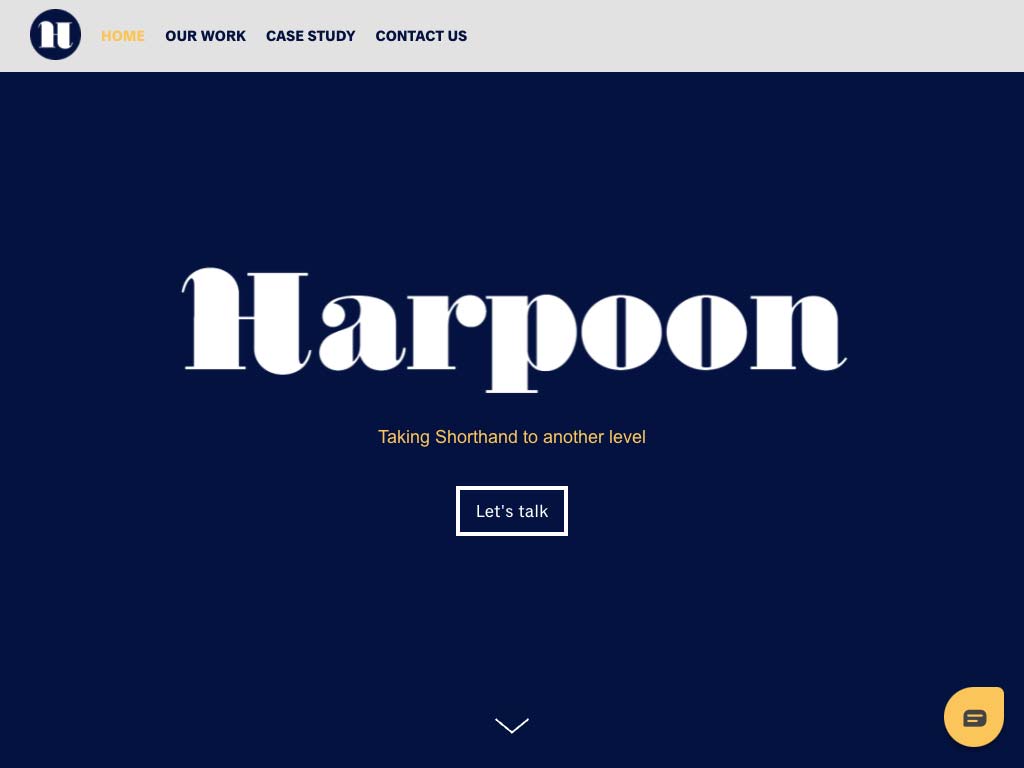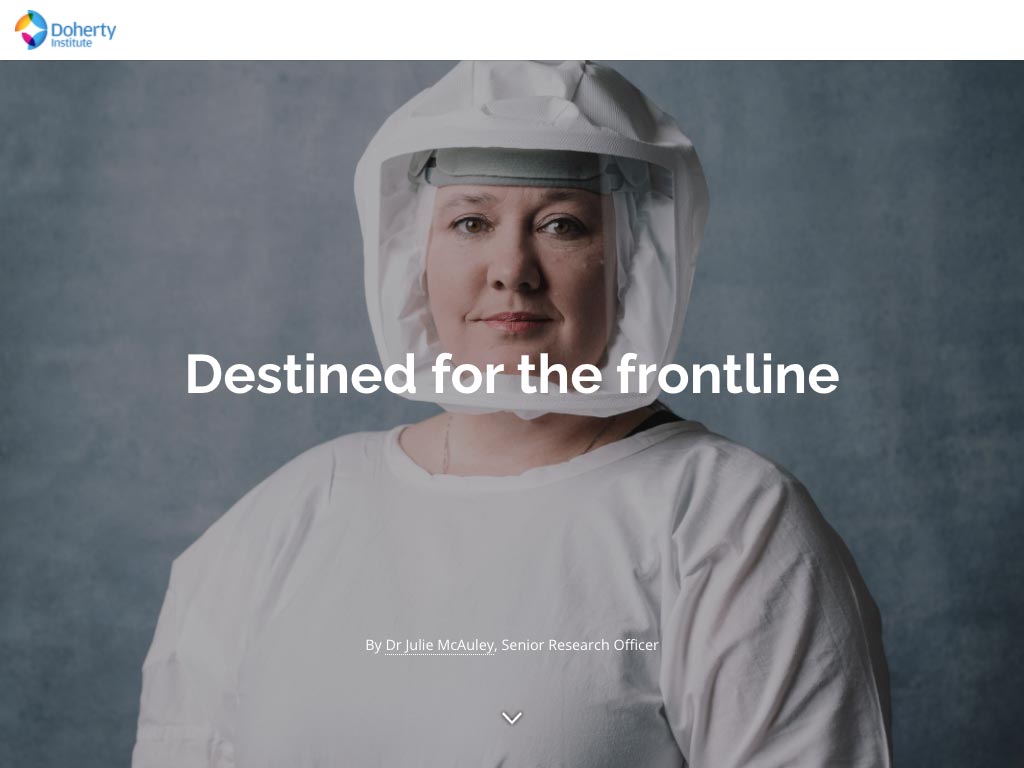After twelve months with Shorthand, Bonhams has increased engagement and organic traffic to their stories, meeting or exceeding all of their KPIs.
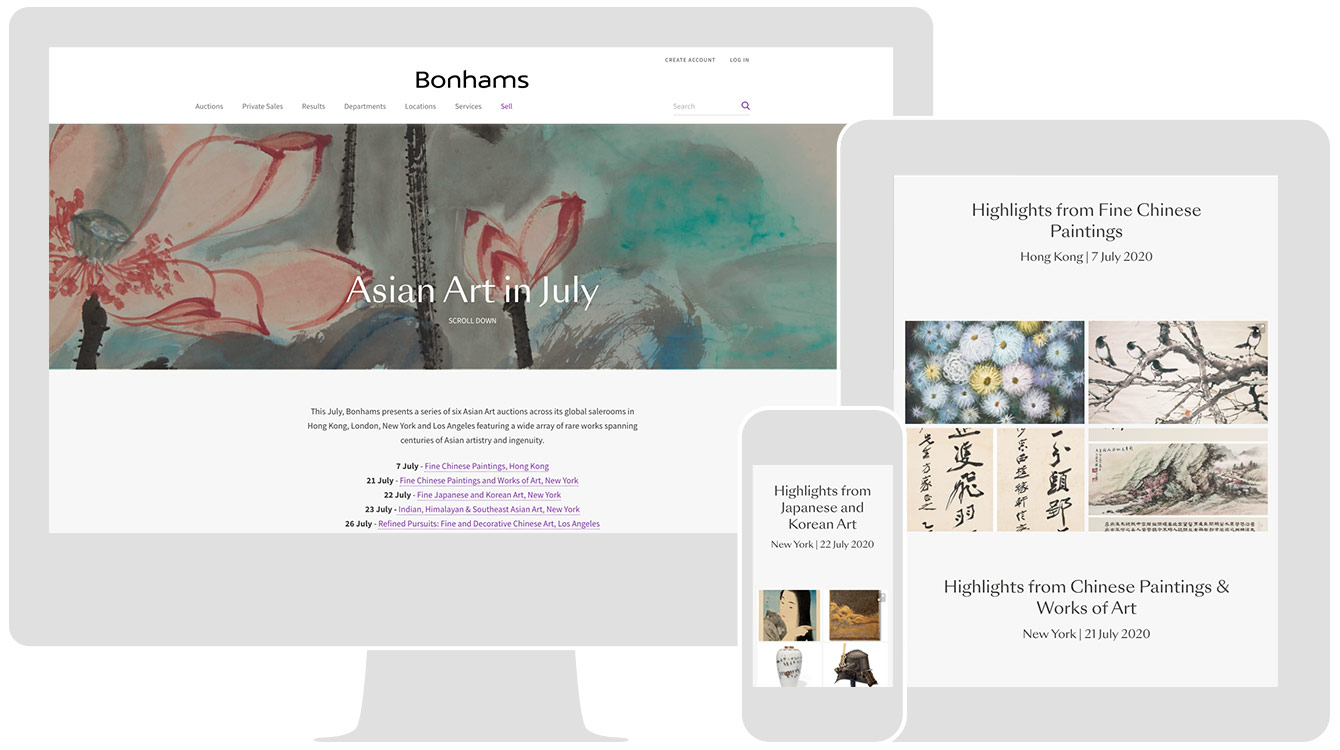
World-leading auction house Bonhams has no shortage of amazing stories to tell. Bonhams have auctioned everything from the paintings of Salvador Dali and the sculptures of Les Lalanne to the Gibson Les Paul guitar owned by Eric Clapton.
But before using Shorthand, they had a problem: their existing publishing solution pulled content from their ERP (Enterprise Resource Planning software). This was great for producing standardised, on-brand content, but made it difficult to create the attention-grabbing content their incredible auction items deserved.
Humfrey Brandes is Product Manager at Bonhams. Working with Marlene Verde, Digital Marketing Manager, and the rest of the Bonhams team, they landed on Shorthand as an ideal solution.
Bonhams started using Shorthand in April 2020, and have gone from strength to strength, publishing over 490 stories — including some seriously beautiful and engaging features, such as High-wire act and Asian Art in July.
A powerful and flexible solution
“Shorthand allows us the flexibility to really tailor the content that we're creating.”
As Humfrey explains, Shorthand offered “a lot more functionality than our current system allows for, without requiring any additional development resources.”
“Shorthand allows us the flexibility to really tailor the content that we're creating, which is really great. This just wasn’t possible to do from our existing solution. We can really make the most of our imagery for specific stories, but we can also keep the stories consistent using standardized fonts and layout.”
This means that the marketing team can build and publish content themselves, without relying on developers.
Using their custom theme — built by the Shorthand team at Bonhams’ direction — Bonhams were able to ensure all of their stories were consistent with their brand. “We can publish stories that are coherent with our brand and style guidelines, while still giving the marketing team the freedom they need to do great work.”
“Much easier than we thought”
“It took us by surprise how easy the whole process was.”
Prior to getting started with Shorthand, the Bonhams team were preparing for a lengthy onboarding process — as is typical with most enterprise software solutions.
“It took us by surprise how easy the whole process was. We were prepared to do multiple training sessions. We also thought we’d to have to go back and do multiple revisions of our branded theme. There was a lot of stress about how we were going to integrate it into our website. And in the end, actually, it all just turned out to be much easier than we thought.”
The Bonhams team were especially happy with how easy it was to develop a custom branded theme for their stories.
“The branded theme was, I think, perfect or close to perfect the first time. The Shorthand team just looked at our website and did it. This told us that the Shorthand team must have some kind of design sensibility themselves, which is great.”
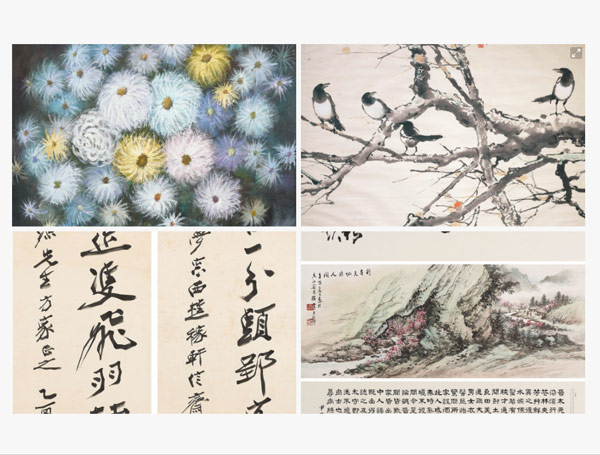
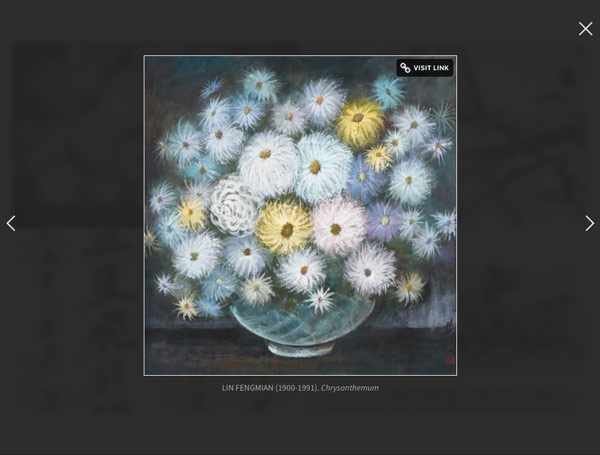
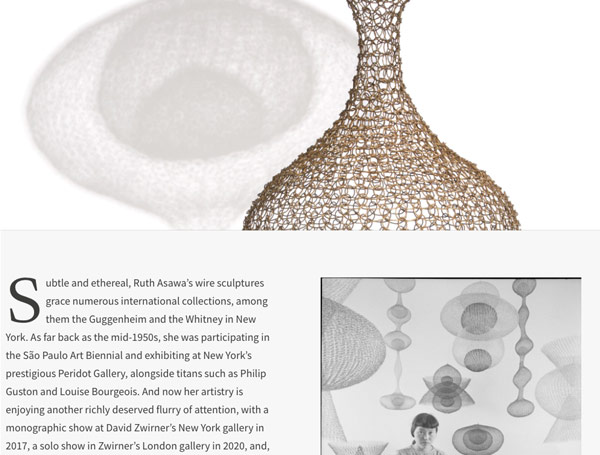

“Training was almost unnecessary.”
According to Humfrey, other training offered by Shorthand was almost unnecessary, because “the team picked up how to use Shorthand immediately. It just worked.”
Marlene confirms this experience. “It was surprisingly straightforward. I think it only really took one session for everyone to understand how it worked and pick it up really. I had assumed as well that we would need multiple training sessions, but that was actually unnecessary.”
This ease-of-use has meant that Marlene and the team can bring additional team members into Shorthand.
“At most, I've had single half-hour sessions to get a new member of staff on the Shorthand platform. And then, pretty much everyone who has been using Shorthand has continued to use it with confidence and without experiencing any issues.”
“It’s just really, really user-friendly”
Initially, the Bonhams team focused on editorial content. This included interviews with their world-leading specialists, their collecting guides, and magazine articles.
Shortly after signing up, though, the team realised that they could use Shorthand for other types of content.
“After we started using Shorthand, we saw the possibilities,” says Marlene. “That's when we decided to also use it to build custom landing pages. And that just comes from the ease of using Shorthand and the functionality that it offers. We can easily pull content that lives elsewhere on the website and have it live in one place. It’s just really, really user-friendly.”
The team is continuing to expand their use of Shorthand. “We've now started discussing with our press team, for example, how we can use Shorthand to do weekly roundups of the top news at Bonhams, as that's really the easiest way to get all that information in one place and share it on the website and through internal communications.”
Exceeding expectations
“With Shorthand, we have exceeded our targets pretty much across the line, which is great.”
When Bonhams started using Shorthand, the team set a range of KPIs related to story performance, using their existing website content as a baseline.
After a recent review of their KPIs, the team were delighted with the results. As Humfrey explains, “in terms of the KPIs that we set for ourselves when we started using the platform, we have met and exceeded those in the first cycle.”
Not only did Shorthand improve the on-page performance of their stories — including time-on-page and exit rates — but it also led to an increase in organic traffic.
As Marlene explains, “we wanted to see if creating more content with Shorthand led to sustained traffic organically over time, even after the auction or event we were promoting had ended.
“And one thing that's been really positive is that the use of Shorthand has made our content more discoverable. It has been bringing new users to the site over time — whether it's a week after an article has been published or three months later — which is really good news for us.”
Humfrey agrees. “With Shorthand, we have exceeded our targets pretty much across the line, which is great.”


